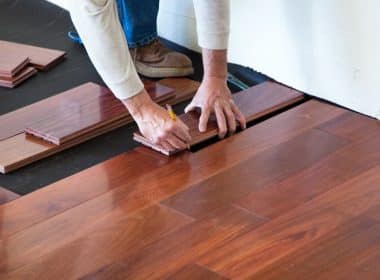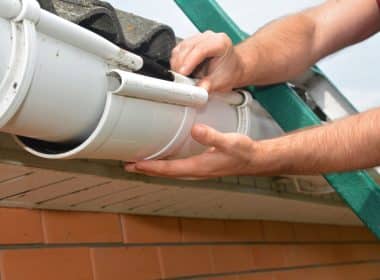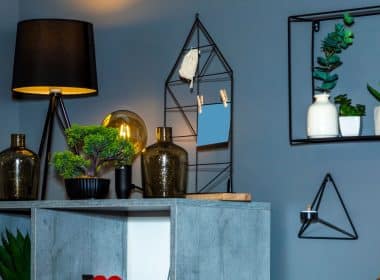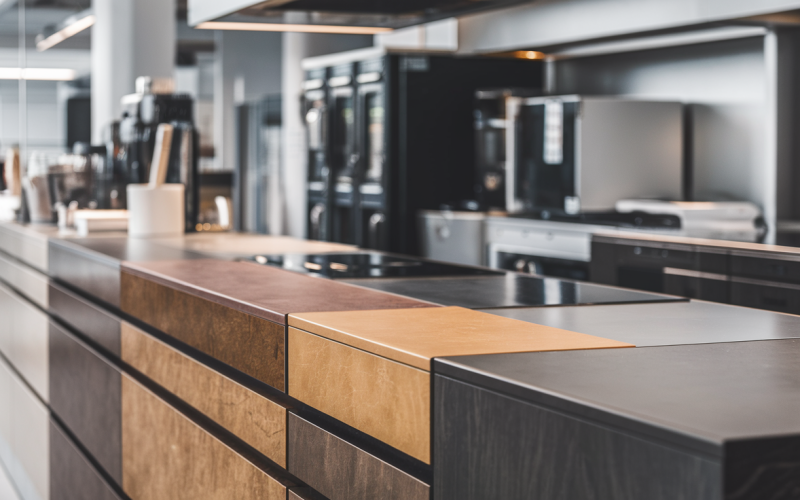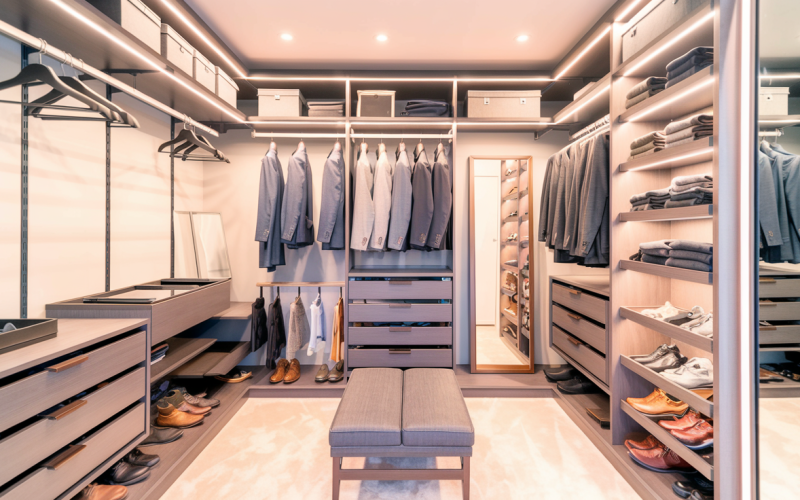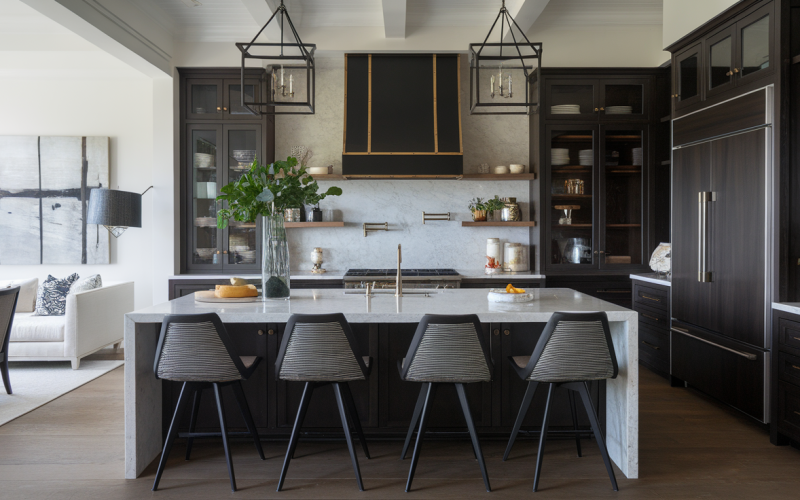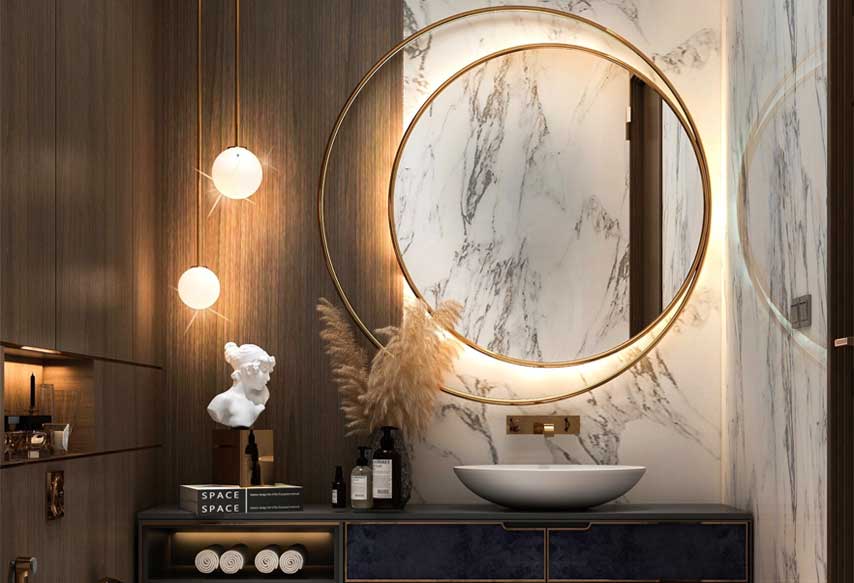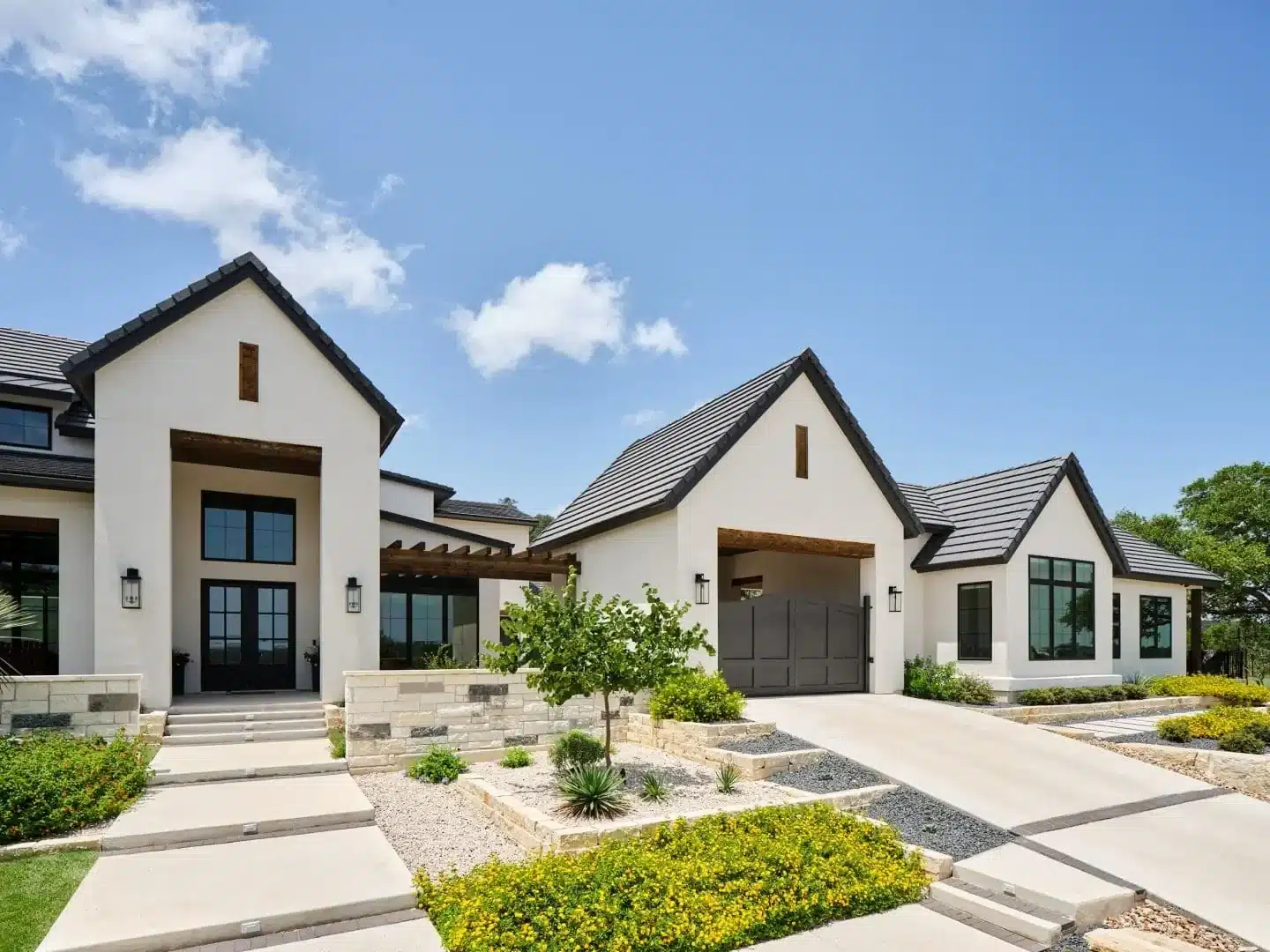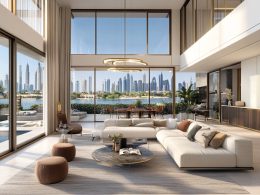High Pressure Laminate (HPL) is a popular material used in homes and businesses for its durability and versatility.
HPL comes in many colors, patterns, and finishes. This allows you to create stylish designs for any space.
If you’re upgrading your kitchen countertops, adding a modern touch to your office, or looking for affordable yet durable surfaces, HPL is a smart choice.
Please read this blog to know why it’s a top pick for both residential and commercial applications.
What is High-Pressure Laminate (HPL)?
High Pressure Laminate (HPL) is a type of durable material made by bonding layers of paper and resin together under high pressure and heat.
The result is a tough surface that resists scratches, stains, and moisture. HPL is commonly used for countertops, furniture, and wall cladding due to its strength and versatility.
It can be designed with different patterns and colors, making it suitable for a variety of design styles.
Manufacturing Process
HPL is created by layering several sheets of paper, each soaked in resin.
These layers are then stacked together and compressed under high pressure and heat. The process causes the resin to bond the layers into a single, solid sheet.
The top layer of HPL is typically decorated with a printed design, giving it the desired appearance, such as wood, stone, or solid colors.
Once the layers are bonded, the result is a smooth, strong surface that is both durable and resistant to damage.
Types of HPL
HPL comes in various finishes:
- Glossy: Shiny and smooth, perfect for modern spaces.
- Matte: A more subtle finish, great for a sophisticated look.
- Textured: Offers a more tactile feel and adds depth to designs.
Advantages of High-Pressure Laminate (HPL)

Durability
- HPL is highly resistant to scratches, making it perfect for areas with heavy use, like kitchen countertops.
- It is also stain-resistant, which helps keep surfaces looking clean and new for longer.
- HPL is moisture-resistant, making it a great choice for bathrooms and kitchens where water exposure is common.
Variety
- There is a wide range of colors, textures, and patterns available, allowing you to choose the right look for your space.
- HPL can mimic natural materials like wood, stone, or marble, providing a high-end appearance at a more affordable price.
- If you prefer a glossy, matte, or textured finish, HPL can meet your design needs.
Cost-Effectiveness
- HPL is an affordable option compared to other materials like granite, quartz, or solid wood.
- It provides the same high-quality look and durability at a fraction of the cost, making it a popular choice for budget-conscious homeowners and businesses.
Ease of Maintenance
- HPL surfaces are easy to clean and require minimal upkeep. For everyday cleaning, simply wipe down with a damp cloth.
- Unlike some materials, HPL does not need sealing or special treatments, making it hassle-free.
Versatility
- HPL can be used in a wide range of applications, from countertops to furniture to wall cladding.
- Its durability and design options make it suitable for both residential and commercial spaces, such as offices, restaurants, and hotels.
Applications of High-Pressure Laminate (HPL)

Home Use
- Kitchen Countertops: HPL is a popular choice for kitchen countertops due to its durability, stain resistance, and variety of design options.
- Bathroom Surfaces: HPL is moisture resistant and is suitable for bathroom countertops, vanities, and wall cladding.
- Furniture: HPL can be used for making furniture like tables, cabinets, and shelves, offering a sleek look and long-lasting performance.
Commercial Use
- Retail: HPL is commonly used for retail store fixtures and counters, providing a stylish and durable surface.
- Offices: It’s used in offices for workstations, desks, and conference tables due to its easy maintenance and modern appearance.
- Hospitality: Hotels, restaurants, and cafes often use HPL for furniture, wall panels, and counters because it is both attractive and hard-wearing.
Interior Design
- Modern Designs: HPL is perfect for creating a modern look with its wide range of colors and finishes.
- Rustic Looks: The material can also mimic wood, offering a rustic charm without the upkeep of real wood.
- Minimalist Spaces: HPL’s sleek, clean surfaces work well in minimalist designs, creating a simple yet sophisticated atmosphere.
Outdoor Use
- While HPL is primarily designed for indoor use, certain types are suitable for outdoor environments, such as furniture or cladding that’s exposed to mild weather conditions.
- HPL, which is rated for outdoor use, usually has special coatings to increase UV resistance and prevent fading.
Choosing the Right HPL
Thickness Options
HPL comes in different thicknesses, typically ranging from 1mm to 12mm, depending on the application.
For countertops and high-traffic areas, thicker HPL (e.g., 10mm to 12mm) is ideal as it provides extra durability.
Thinner options (e.g., 1mm to 3mm) are suitable for wall cladding, furniture, or decorative surfaces.
Finish Choices
- Matte: Offers a soft, non-reflective surface, ideal for modern and minimalist designs.
- Glossy: Provides a shiny, smooth surface, adding a sleek and modern touch to spaces.
- Textured: Adds depth and tactile quality to the surface, perfect for adding character to your design.
Design Tips
- Colors: Choose colors that complement your existing decor or create a bold contrast. Neutral tones work well in most spaces, while bright hues can add energy and personality.
- Patterns: HPL comes in a variety of patterns, from realistic wood and stone looks to abstract designs. Select patterns that match the style of the room—natural looks for a warm, cozy feel or bold designs for a modern statement.
- Textures: Consider adding a texture to your HPL for added visual interest and a more sophisticated feel.
Sizing Considerations
Measure the area where you plan to install HPL to determine how much material you’ll need.
HPL sheets come in standard sizes, typically 4 feet by 8 feet. For larger spaces, you may need to cut or join multiple sheets.
Always buy a little extra material to account for mistakes or adjustments during installation.
Installation and Maintenance of HPL

Installation Tips
- Cutting HPL: Use a fine-toothed saw or a circular saw with a carbide blade to cut HPL sheets cleanly.
- Applying Adhesive: Use a strong, high-quality adhesive specifically made for HPL to ensure proper bonding.
- Edge Trimming: After installation, trim the edges for a smooth, neat finish. Use a router or edge trimmer for precise cuts.
Maintenance Tips
- Daily Cleaning: HPL surfaces are easy to clean. Simply wipe them down with a damp cloth and mild detergent.
- Avoid Harsh Chemicals: Do not use abrasive cleaners or harsh chemicals, as they can damage the surface.
- Stain Removal: For stubborn stains, use a gentle scrub with a baking soda paste or a specialized cleaner designed for HPL surfaces.
Cost Considerations for HPL

Pricing
HPL is an affordable option compared to other materials like granite, quartz, or solid wood.
Prices vary based on the thickness, finish, and brand. Higher-end designs, such as custom prints or specialty finishes, can cost more.
Cost vs. Value
HPL offers great value for the price. It’s durable, easy to maintain, and provides a high-end look without the high cost.
When compared to materials like granite or quartz, HPL is significantly more affordable and still provides long-lasting performance.
HPL’s versatility and low maintenance costs make it a smart investment for both residential and commercial spaces.
Environmental Impact and Sustainability
Eco-friendly Manufacturing
HPL is a more environmentally friendly option compared to other materials like granite or solid wood.
The manufacturing process for HPL uses less energy and produces less waste.
Many manufacturers also use recycled paper and resins, which helps reduce the material’s environmental footprint.
Low-VOC Options
Some HPL products are available in low-VOC (Volatile Organic Compound) versions. These are ideal for spaces where air quality is important, like homes, schools, or hospitals.
Low-VOC HPL options are safer for both the environment and human health, making them a great choice for eco-conscious buyers.
Recyclability of HPL
HPL is recyclable, which helps reduce its impact on landfills.
When it’s time to replace HPL, many manufacturers will accept the old material for recycling, turning it into new products.
This makes HPL a sustainable option that contributes to a circular economy.
Innovations in High-Pressure Laminate

Advanced HPL Technologies
HPL is continually evolving with new technologies that improve its performance.
Recent advancements include HPL with anti-bacterial properties, making it safer for use in kitchens, bathrooms, and healthcare settings.
Other innovations focus on improving scratch resistance and increasing the material’s ability to withstand heavy use in commercial environments.
Digital Printing on HPL
One of the most exciting innovations is the ability to print on HPL digitally.
This allows for custom designs, graphics, and even photo-realistic textures to be added to the material.
If you want to create a unique design or replicate natural stone or wood, digital printing offers endless possibilities for customization.
This technology makes HPL even more versatile, allowing it to fit into a variety of interior design styles and applications.
Common Myths and Misconceptions About HPL

HPL vs. Laminate
One common misconception is that HPL and laminate are the same.
While both are types of laminated surfaces, HPL is made under much higher pressure and heat, making it thicker and more durable.
Laminate, on the other hand, is made with lower pressure and is generally less resilient.
HPL is also more resistant to damage, such as scratches and stains, compared to traditional laminate.
Misconception: HPL Looks Cheap
Some people think HPL looks cheap, but this isn’t true.
Modern HPL can mimic natural materials like wood, marble, and stone, offering a high-end look without the cost.
It’s available in a wide range of designs, textures, and finishes, making it suitable for both modern and traditional spaces.
HPL is not only affordable but also stylish, making it a great choice for many design applications.
Durability and Performance Testing

How HPL is Tested for Quality
HPL undergoes several tests to ensure its durability and performance.
Common tests include scratch resistance, impact resistance, and moisture absorption. These tests help verify that the material can withstand everyday wear and tear, especially in high-traffic areas.
Additionally, HPL is tested for UV stability to ensure that it won’t fade or discolor when exposed to sunlight over time.
Real-World Performance
In real-world applications, HPL has proven to be durable and long-lasting.
It holds up well in high-use areas like kitchens and bathrooms, where it faces frequent exposure to moisture, heat, and spills.
In commercial settings, such as offices and retail spaces, HPL holds up well under heavy foot traffic and constant use.
Its resistance to scratches, stains, and moisture makes it a reliable choice for both residential and commercial projects.
HPL in Custom Furniture

Creating Custom HPL Furniture
HPL is an excellent material for custom furniture.
Its durability and wide range of design options make it perfect for creating unique, long-lasting pieces.
You can use HPL for desks, tables, bookshelves, and even cabinet doors, adding a modern or rustic touch to your space.
With custom prints and textures, you can create a one-of-a-kind look that matches your style perfectly.
Collaboration with Designers and Manufacturers
Working with a designer or manufacturer can help you bring your custom HPL furniture ideas to life.
Designers can help you choose the right finishes, patterns, and sizes, ensuring that your furniture fits well into your home or office.
Manufacturers can provide the technical expertise to ensure that the furniture is made to last.
This collaboration allows for endless customization, making HPL a popular choice for personalized furniture designs.
HPL vs. Other Materials in the Market
| Criteria | HPL | Solid Surface Materials | Engineered Wood |
|---|---|---|---|
| Cost | More affordable | More expensive | Affordable but generally more expensive than HPL |
| Durability | Highly durable, scratch and stain-resistant | Durable, but can be scratched or damaged easily | Can be damaged by moisture; not as durable as HPL |
| Moisture Resistance | Excellent moisture resistance | Good moisture resistance | Moisture resistance is limited; can swell or warp |
| Design Options | Wide range of colors, patterns, and textures | Limited design options compared to HPL | Natural look, fewer design options than HPL |
| Maintenance | Easy to clean and maintain | Easy to maintain but can require resealing | Requires regular maintenance, can be scratched easily |
| Installation | Simple to install | Requires professional installation | Installation can be more complex than HPL |
| Customization | High customization with prints and textures | Custom designs are available but costly | Limited customization, but can be stained or finished |
Conclusion
HPL is an affordable and durable material perfect for a variety of applications, including countertops and custom furniture.
It offers a great balance of cost and performance, making it an ideal choice for both residential and commercial spaces.
With a wide range of finishes, colors, and textures, HPL fits various design styles. If you’re aiming for a modern or rustic look, HPL has options to match.
Its resistance to scratches, stains, and moisture, along with its easy maintenance, makes it ideal for high-traffic areas.
For a stylish, durable, and budget-friendly surface, HPL is a smart choice.
Interested in more tips? Check out our other blogs for helpful advice on design and home improvement.

